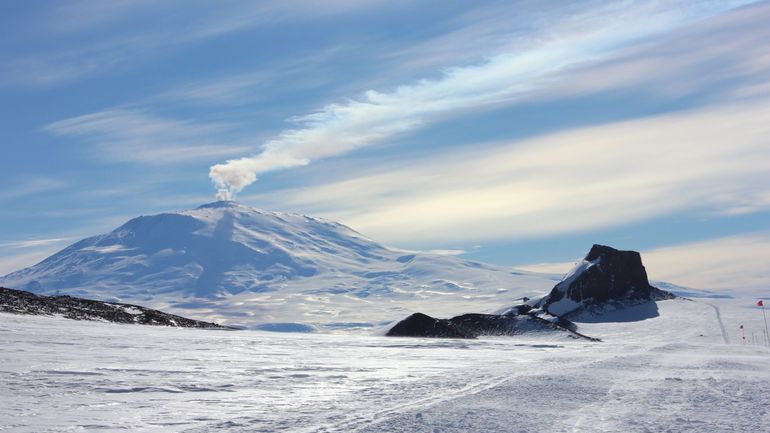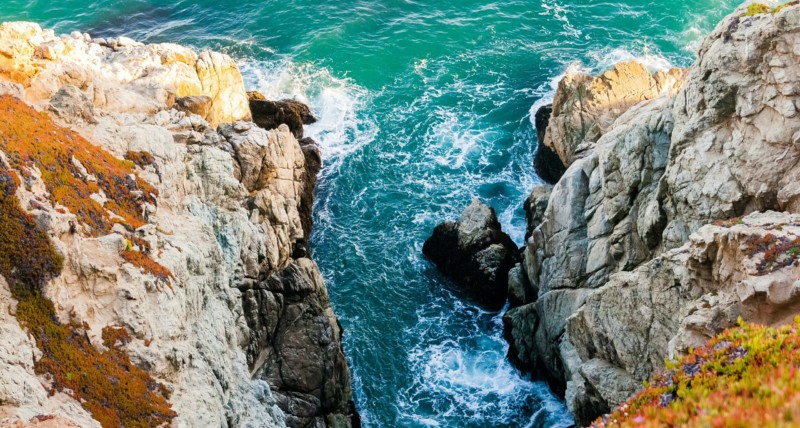According to the National Aeronautics and Space Administration Earth Observatory, gold dust is just one of many things that are being spewed out of Erebus.

Mount Erebus is thought to be the southernmost active volcano in the world.
An active volcanic peak in the Antarctic is spewing a fortune’s worth of gold into the atmosphere every day, as per a report in the New York Post. Mount Erebus, one of Antarctica’s 138 active volcanoes, is known for emitting pockets of gas containing approximately 80 grams of crystallized gold each day, valued at almost $6,000 (Rs 5 lakh), according to experts.
The dust is present as far as 621 miles away from the volcano which stands at 12,448 feet. According to the National Aeronautics and Space Administration Earth Observatory, gold dust is just one of many things that are being spewed out of Erebus.
As per the American space agency NASA, « The volcano sits above a thin slice of crust, so molten rock more easily rises up from Earth’s interior. It regularly emits plumes of gas and steam, and occasionally spits out rock (bombs) in strombolian eruptions. At least one lava lake has churned within its caldera since 1972. Mount Erebus is thought to be the southernmost active volcano in the world. »
Conor Bacon of Lamont-Doherty Earth Observatory at Columbia University in New York, told Live Science, « Erebus…has been continuously erupting since at least 1972, » adding that the volcano is also famous for its « lava lake » at one of its summit craters, « where molten material is present at the surface ». « These are actually quite rare, as it requires some very specific conditions to be met to ensure the surface never freezes over, » he said.
However, geographic isolation is a challenge in research about the volcano.
On the other hand, the Deception Island Antarctic Specially Managed Area, which keeps an eye out for volcanic activity on the island, claims that Deception Island is the caldera of an active volcano that last erupted in 1970. Mr Bacon said that both Mount Erebus and Deception Island alone only « have a small number of permanent monitoring instruments. These networks primarily consist of seismometers to detect seismic activity associated with volcanic unrest. From time to time, researchers will deploy more extensive networks of instruments to conduct specific studies, but this naturally comes with a huge number of logistical challenges when compared to the many, far more accessible, volcanoes elsewhere in the world. »
In addition to logistical challenges, the permanent installations need to be rugged enough to survive the harsh conditions and long polar nights, » Mr Bacon said.



